Greenland is Melting and a UNESCO Heritage site is Leaking out of the Drain
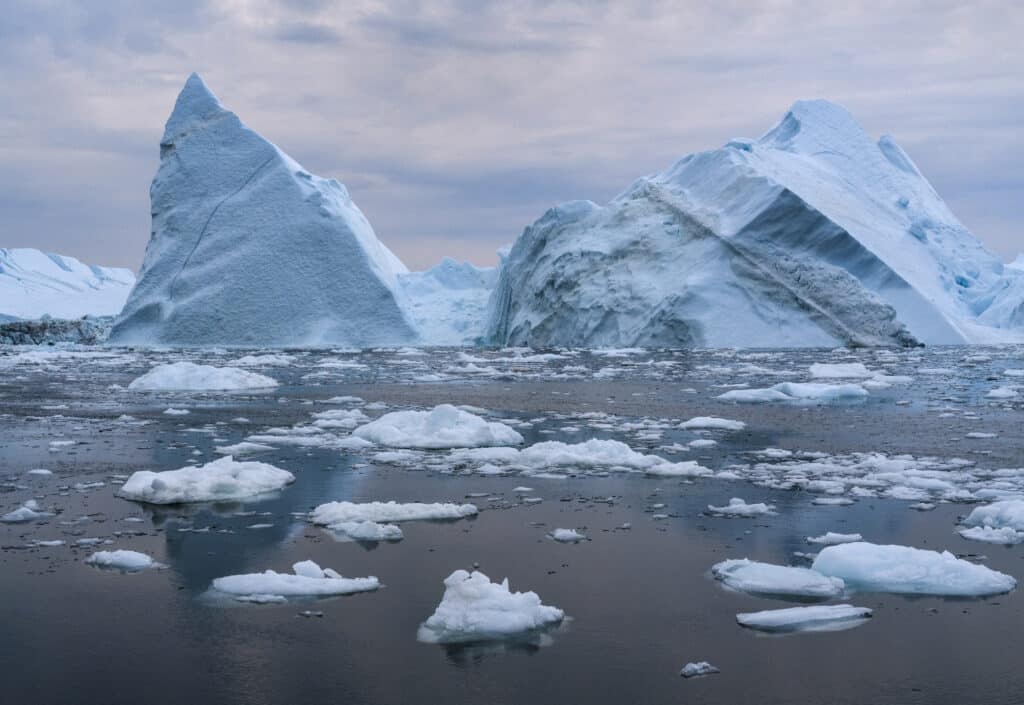
The melting of the Greenland ice cap, which has been observed for the past twenty-five years, is likely to accelerate. Glaciers, like the one in the Ilulissat fjord, classified as a World Heritage Site, are threatened. For the inhabitants, especially the Inuit populations, the impacts of global warming have already begun to disrupt their way of life.
Greenland, a New Ecologically Promised Land?
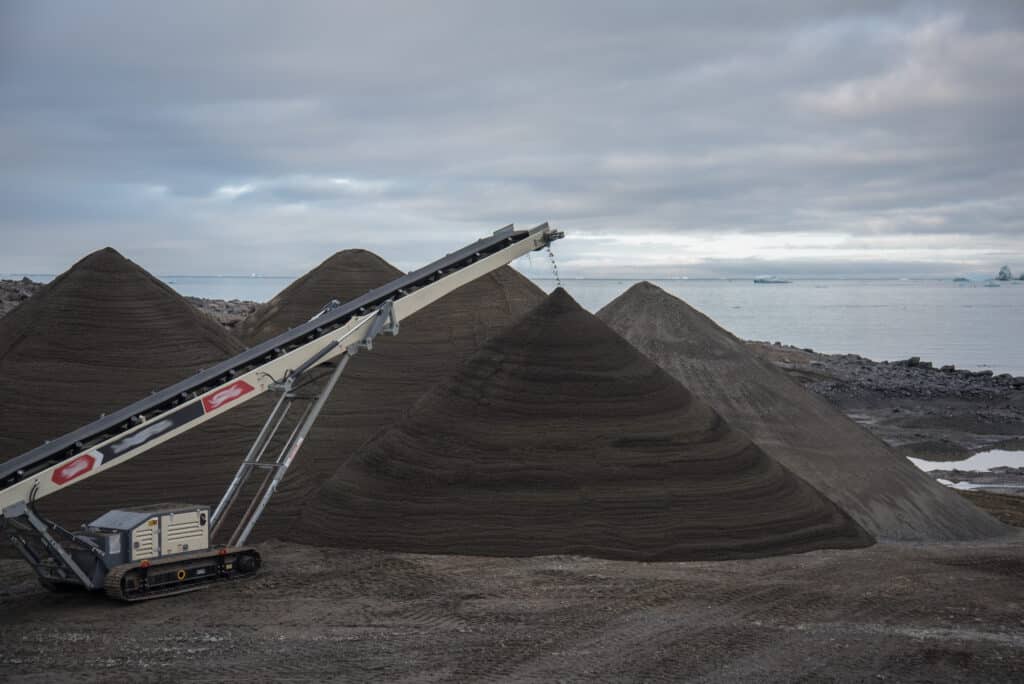
With 80% of its surface occupied by an ice sheet, the White Island of the Arctic remains to be explored. With the melting of its ice cap, its mineral-rich subsoil is becoming more accessible and is attracting interest. Which resources to exploit and at what environmental cost? The 56,661 inhabitants of this immense territory (about three times the area of Texas) will have to decide.
Greenland Travel and Trek: 10 Things to Know about the White Island of the Arctic
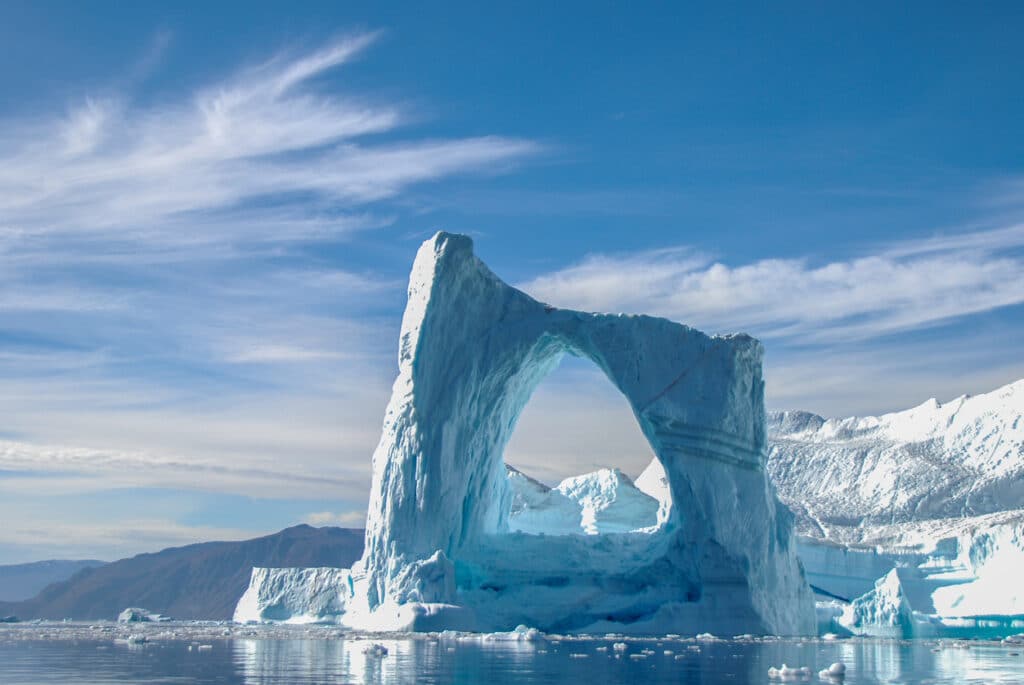
Covered largely by ice, the White Island was named « Green land » by Erik the Red (c. 940 – c. 1010) in the hope that the name would attract settlers in search of more habitable spaces, including his fellow Vikings from Iceland. In the midst of a transformation, this land of contrasts, 80% of which is occupied by an ice sheet, has been hit hard by climate change. The consequences are threatening to have global repercussions (rising water levels due to the melting of the ice cap), but also to offer local opportunities; access to the mineral-rich subsoil, changes in fishing periods and areas… Ten facts to know about these new challenges that will affect the 56,661 inhabitants of this gigantic territory, whose dynamics are disrupting the entire planet.
Iceberg in a Bottle: the Arctic, a New Eldorado for Water Merchants
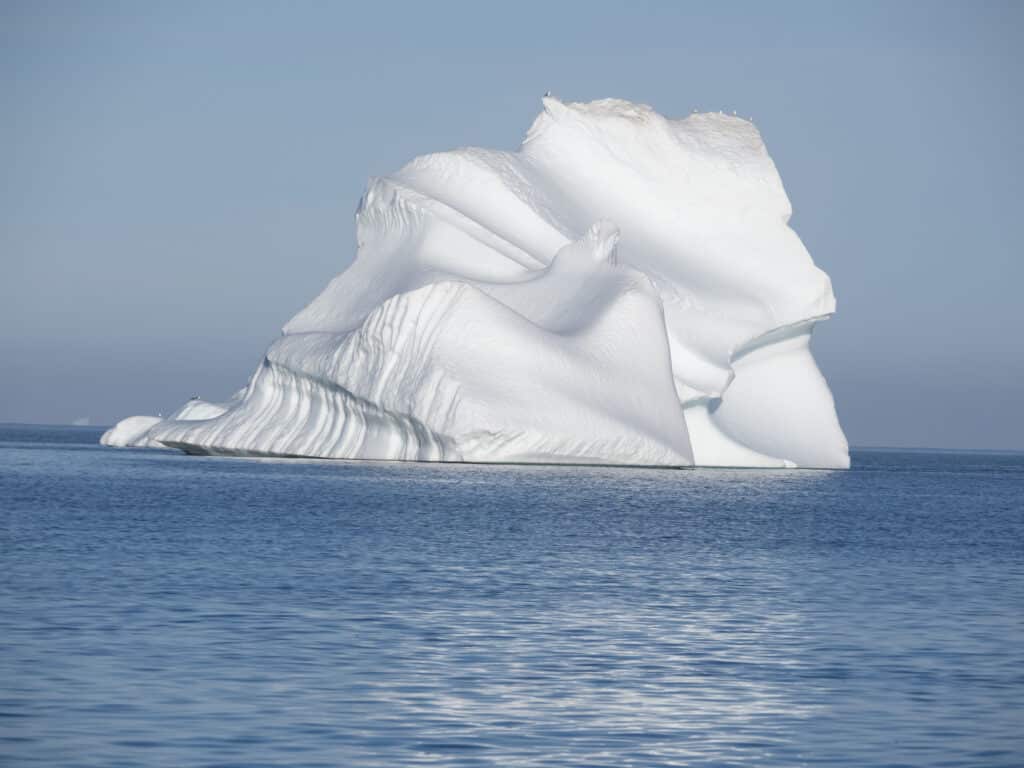
The Greenland ice cap is melting: an economic boon for mineral water merchants who want to bottle its icebergs, so-called pure water that’s sold at Champagne prices.
Crete, the Largest of the Greek Islands: a Paradise for Water Taxis… and Hikers
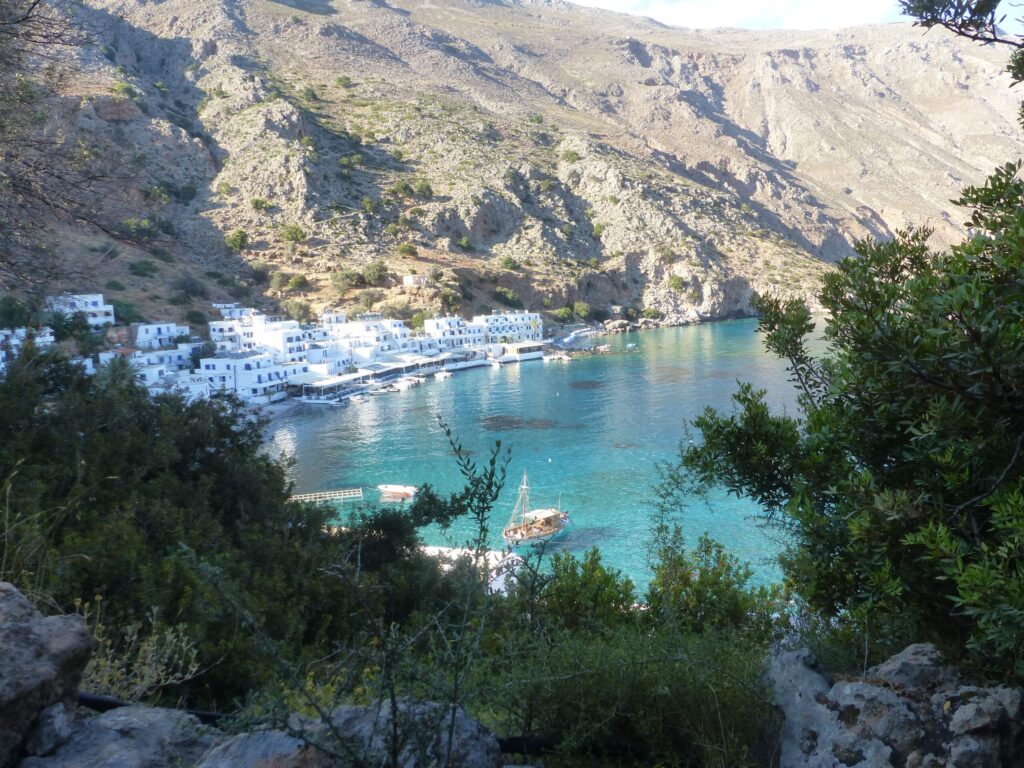
Island of gods, mountains and turquoise waters with peaceful bays only accessible on foot or by water taxis, Crete has a lot to offer to climbers and hikers who love deserted beaches during off-peak season (in early June).